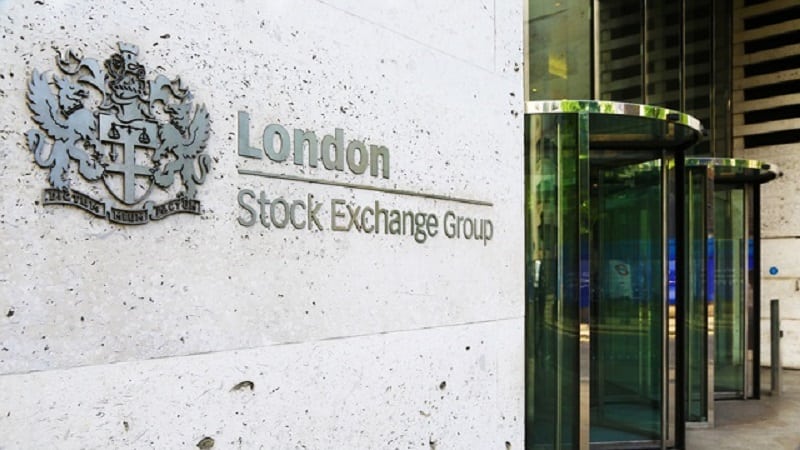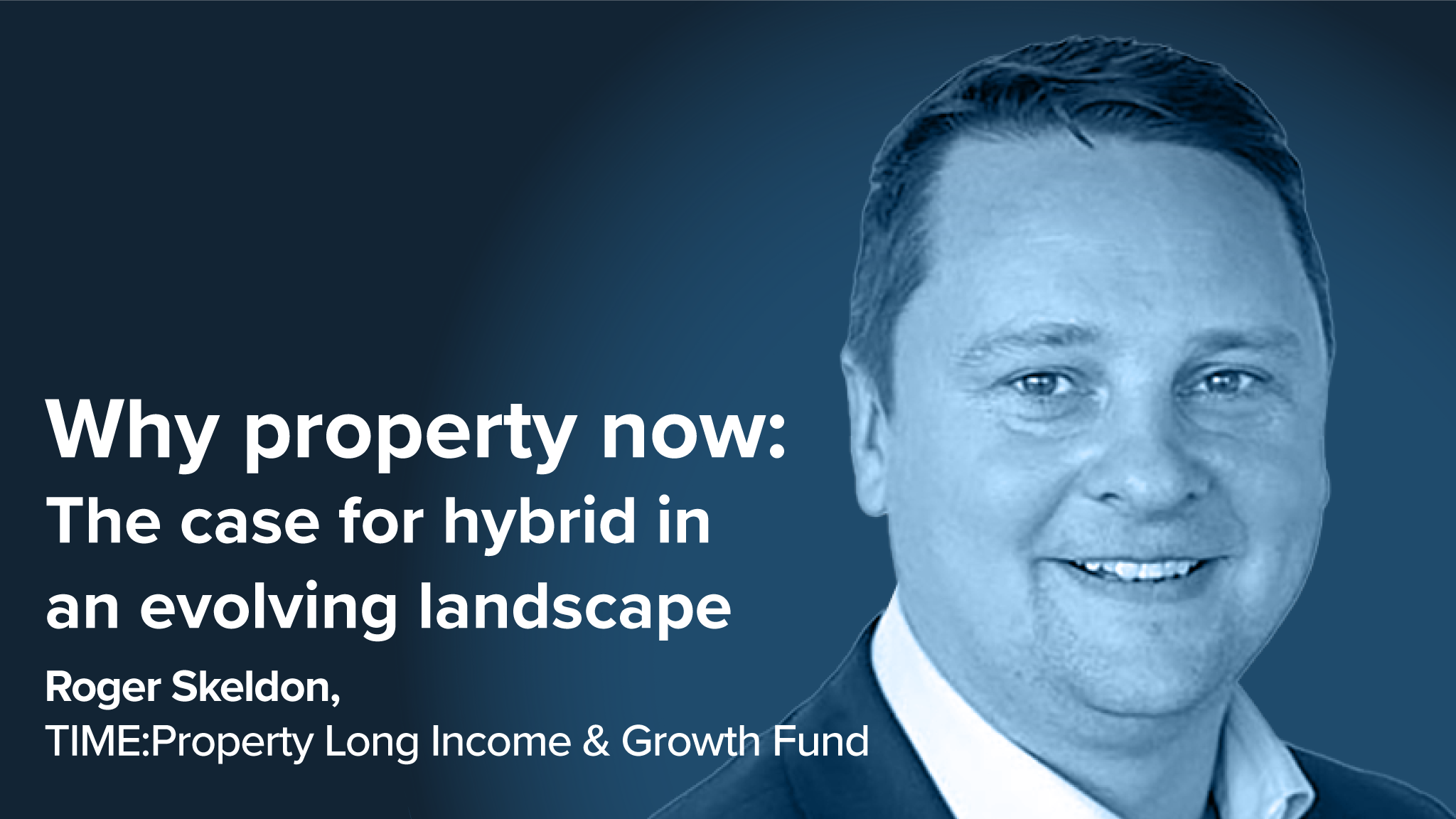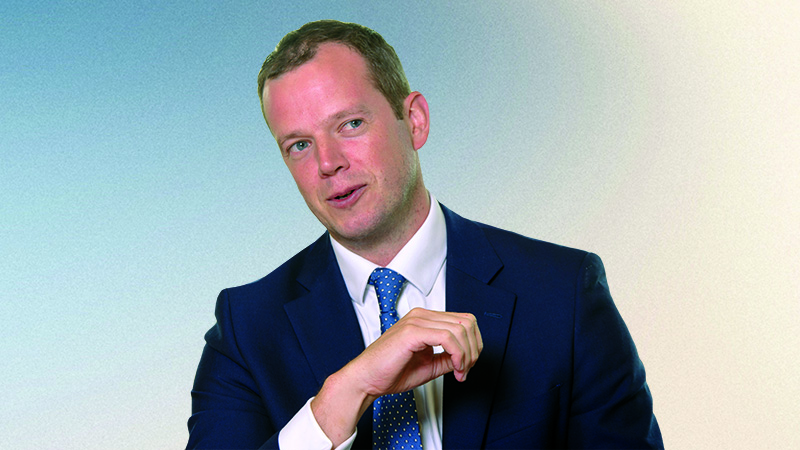Global capital always flows to the highest potential returns around the world. The experience of the past half century shows how these flows can surge into emerging markets (EM), lifting all EM boats. But then a few years later, the swell often retreats, leaving scenes of devastation.
The direction of this ebb and flow is often determined by what is going on in the US economy. The ’70s saw a surge in capital flows from developed markets (DM) into EM, but the Fed’s hoisting of interest rates in the early ’80s led to a strong dollar and a spectacular EM collapse as capital fled back home to the high interest rates on offer in the US.
Wax and wane
A rapid loosening of US monetary policy in the mid-late ’80s and then early ’90s weakened the US dollar and helped EMs to enjoy a recovery. But a boom in the US economy in the mid-late ’90s was accompanied by higher US interest rates and a stronger US dollar, wreaking havoc on Mexico, Asia and Russia, before the storm battered Latin America (LatAm), where more US dollar-pegged exchange rates came under constant pressure and collapsed.
The high watermark for the US dollar came in 2001 as the TMT bubble popped, and the tech wreck that followed saw the Fed slash interest rates and the US dollar plunged, and continued dipping lower in the run up to the global financial crisis. Emerging markets were a major beneficiary.
By 2012, we were at EM high tide, with the US dollar at new depths. EM valuations were obscene, and EM debt was the new ‘big short’ as I argued at the time. Even the overarching narratives that EM countries had sensational demographics and no debts was mostly untrue. The tide turned again in 2013 as former Fed chair, Ben Bernanke, signalled an end to quantitative easing, money flooded back to the US, and EM as an asset class has been stranded and unloved pretty much ever since.
To read the rest of the column, visit the April edition of Portfolio Adviser Magazine










